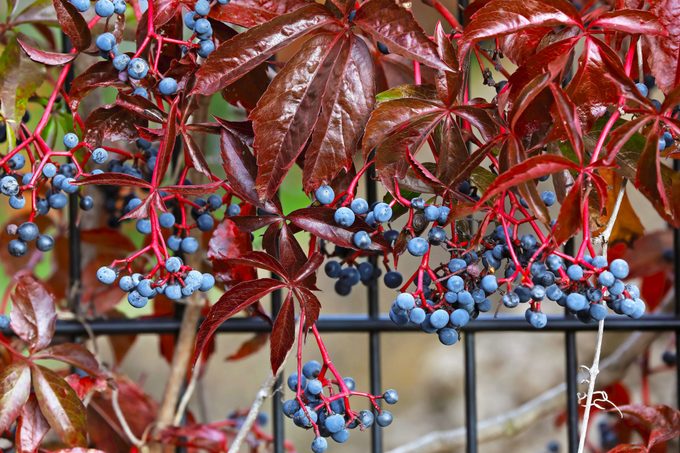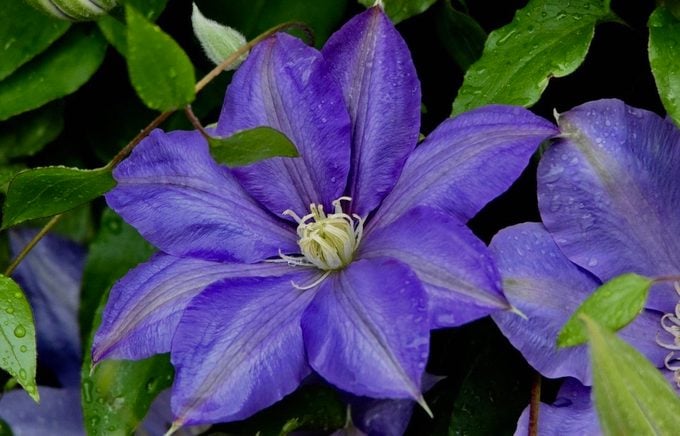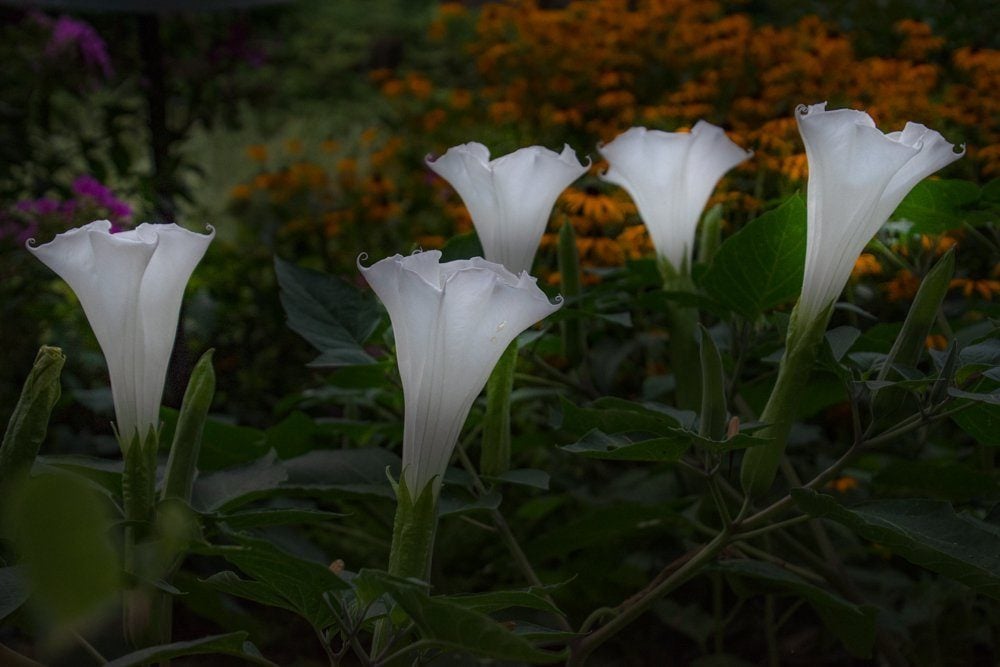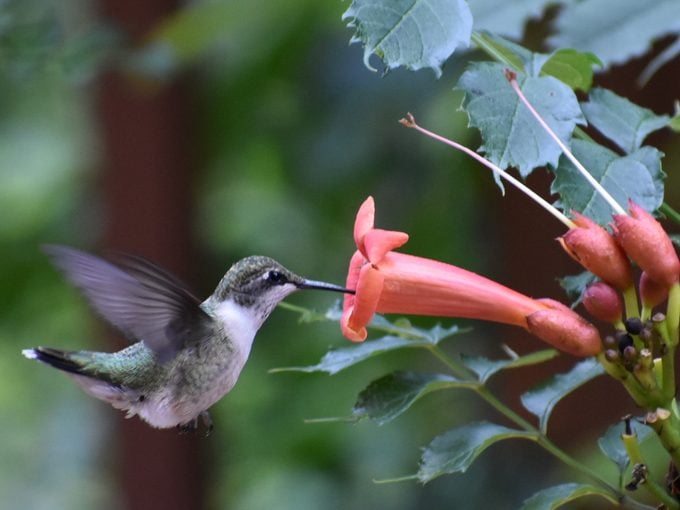Easy Ways to Use Vining Plants All Around Your Garden
Updated: Sep. 30, 2021
Often overlooked, these twisting and vining plants are an incredible asset, providing shelter for wildlife, vertical color and even a bit of privacy.

As the acrobats of the garden, vining plants twirl, twine, cling, climb and clamber, multitasking by being both eye-catching design elements and friends to native wildlife.
But they are often misunderstood. “We, as gardeners, don’t seem to know what to do with vines. They’re one of the few plants not talked about enough,” says Eva Monheim, an author, horticulturist, educator and artist.
One little-known fact: Wildlife welcomes vines. Flowering species yield nectar for pollinators, and some produce edible fruits. Vines also offer cover for animals seeking hiding places. “Vines provide a habitat, protecting small birds and other animals that might become snacks for lurking predators,” says Eva. As a bonus, these vines grow quickly, too.
Protect and Decorate Your Home With Vining Plants
Eva admires Virginia creeper for its attractive fruits, ideal nesting sites and ability to provide cover. It can also help your home. “It has suction cup-like tendrils that absorb moisture off the surface on which they are fastened, creating a wonderful drying effect on masonry,” she says. “It keeps building walls cool, especially when planted on a western wall.” Think of it as an eco-friendly architectural element for cooling and rain protection. Just don’t plant near wood siding or eat the berries, which are poisonous to people.
The trailing plants also fill awkward spots and screen unsightly views. “Vines are excellent to plant in an area where they can scramble up an ugly concrete wall or up a trellis or pergola to provide some shade on a hot day,” Eva says.
In small spaces, such as urban patios or balconies, vines grown in a container and trained on a trellis or obelisk fill tight corners or open spaces to provide privacy or screening. There are plenty of shrubs and evergreens for small spaces that compliment vining plants, too.
Some vines provide erosion control on steep hillsides or streambanks. In a garden bed or landscape, you can grow varieties like clematis or sweet potato vine without support and they’ll serve as pretty fillers for empty spaces.

Vining Plants Add a Pop of Scent, Color or Flavor
Plant fragrance-producing vines near windows so you can enjoy the scents. The night-blooming annual moonflower produces a white bloom beloved by bats and moths. “Their fragrance is intoxicating,” Eva says. “I plant these by my front door to enjoy as I come in and out in the evening.”
Find more of our favorite fragrant flowers.
Another of Eva’s scented favorites is Margarita Carolina jessamine, hardy in Zones 7 and warmer. “It’s just what the doctor ordered after a long, cold winter, with its brilliant yellow flowers and fragrance,” Eva says. Its blooms also signal the beginning of hummingbird migration. “The evergreen foliage in winter is pleasant, too, with glossy leaves and deep wine stems.” For plants that shine in fall, consider one of these vines.
Treat yourself to fruiting vines, including grapes. “Kiwi is an excellent vine for a pergola and also yields yummy fruits,” Eva says. She also recommends blue passionflower for its stunning color pattern and delectable fruit in areas with long growing seasons.

What to Look for in Vining Plants
As with any other group of plants, some vines are perennial, while others live only one season or year. Some perennial vines die back to the ground in winter, while woody vines persist. Each kind has its own light, water and climate condition requirements, so find one best suited to your needs.
Some vines twine, meaning they can wrap their stems around supports such as trellises or plants. Many cling and climb with tiny thread-like extensions called tendrils. And a few cling with tenacious rootlets, while others simply stretch out and must be attached to a support structure.
For more growing tips, see our guide on how to plant shrubs and bushes.
How to Care for Vining Plants
Pay attention to growing requirements. Some types quickly grow out of bounds if not carefully selected. “Put vines in areas that you see on a regular basis so they stay on the maintenance list for gardening chores,” Eva says. “They get out of hand when they are out of sight and out of mind. More aggressive vines are terrific to plant in poor soils and dry conditions.”
Another way to control overgrown plants is to repurpose them for wreaths and decorative roping around doorways. “Some vines are like children throwing a temper tantrum,” says Eva. “Figuring a way to calm them down makes them less talked about and more appreciated.”

Vining Plants for Hummingbirds and Other Wildlife
Trumpet vine is a hummingbird favorite; this vigorous grower spreads quickly and requires super strong support. For fruit that birds love, select native trumpet honeysuckle or related cultivars. Take care to avoid invasive Japanese honeysuckle and English ivy.
Check out even more vines that hummingbirds love.




















